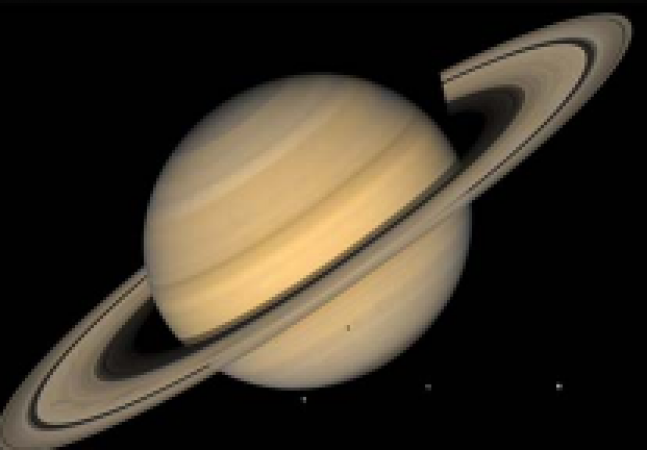
USA: Saturn has been photographed for several years by NASA's Hubble Space Telescope as it completes its 29-year orbit around the Sun.
The pictures show how the planet's rings change as they move through their orbit. According to the space agency, Saturn's rings expand as it orbits the sun "just past the edge almost completely open."
The Edwin Hubble Space Telescope was launched in 1990. It is named after him. It orbits the Earth at an altitude of 535 kilometers and was the first significant optical telescope to be launched into space. Between 1996 and 2000, the telescope captured images of Saturn that show the planet's "changing rings" as it orbits the Sun.
Also read: Key proteins regulating photosynthesis are revealed by an investigation
Saturn's rings look smaller and fainter when viewed from their side. However, the full picture of a planet's rings can only be seen when it has traveled further in its orbit and is therefore visible from an angle. Saturn's ring system, which extends 282,000 kilometers from the planet Saturn, shows gaps and divisions between each ring.
Also read: PM Modi to address 108th Indian Science Congress tomorrow
Fragments of comets, asteroids, or broken moons that were torn apart by strong gravitational forces before reaching the planet are believed to form Saturn's rings.
The rings' components range in size from tiny, icy grains the size of dust to large chunks of material the size of a house, with some components as large as mountains.
Also read: What Effect Technology Has on Relationships
The Cassini Division, which measures 4,700 kilometers and breaks the continuity of the halo-like rings, intersects Saturn's brown rings, as seen in the image. Four robotic missions, including the Cassini spacecraft, have so far explored Saturn.